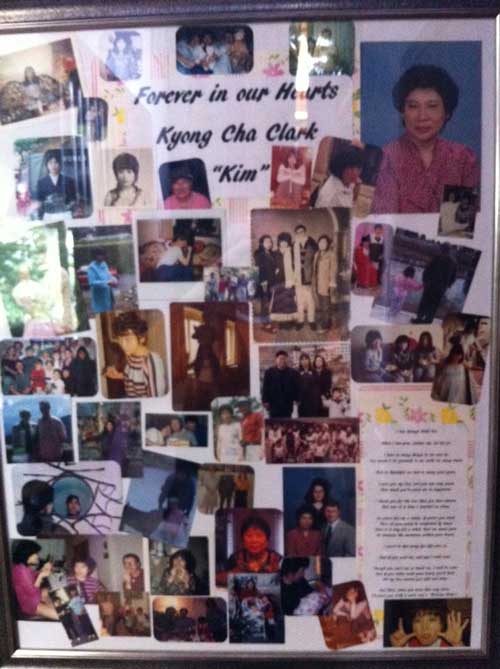Dan notes that there is no empirical evidence that learning maps to the 70-20-10 model, even though practitioners often cite it as a fact. It was developed in the 1980s when command and control was at the heart of leadership—think of Lee Iacocca, Jack Welch, and Roger Smith who more than likely thought that Learning/Training Departments were solely for their bidding and could offer very little for them personally. Thus the model is based on the the very thing that many learning and development practitioners are trying to get away from—hierarchy organizations. In addition, the model was developed before the Internet, thus it does not account for the numerous technologies that have aided formal learning, such as just-in-time learning, elearning, virtual learning.
I would also add that while some have pointed to Where did the 80% come from? as further proof that the 70-20-10 learning model is valid, when I researched the listed references on the page that give low percentages to formal learning, such as Raybould who proclaims that formal learning only accounts for 10% of the learning, I discovered that the authors provided no evidence at all. Such citations seam to imply, “I saw it on the Internet so it most be true.” On the other hand, the references that provide higher ratios for formal learning are the most evidence based.
The 3-33 Model
Dan provides what I see is a closer approximation of the learning ratios: 3-33, which stands for 33% the learning is formal, 33% is informal, and 33% is social. What is most interesting is that the research behind his model revealed that when the learners were asked to give the percentages on how they thought they learned, the numbers were very different than when the researchers actually discovered how the learners did indeed learn. This coincides with other research that indicates what learners are able to judge about their learning experiences (see Learner Self-Assessment Ratings).
graphic by Dan Pontefract
All in all, Flat Army is a very good book that deserves a special spot in in anyone's library who is interested in collaboration, leadership, and learning.
DISCLAIMER: While Dan and I have exchanged comments via blogs, I have no other interests in the book.
NOTE: While I seem to be kind of harsh on “command and control” it is mostly because of the audience I write for. I'm retired military so my real view of command and control follows the military view, which vastly differs from layman's and others point of view. See my writings on Leadership, Management, Command, & Control.
What are your thoughts on the two models?
